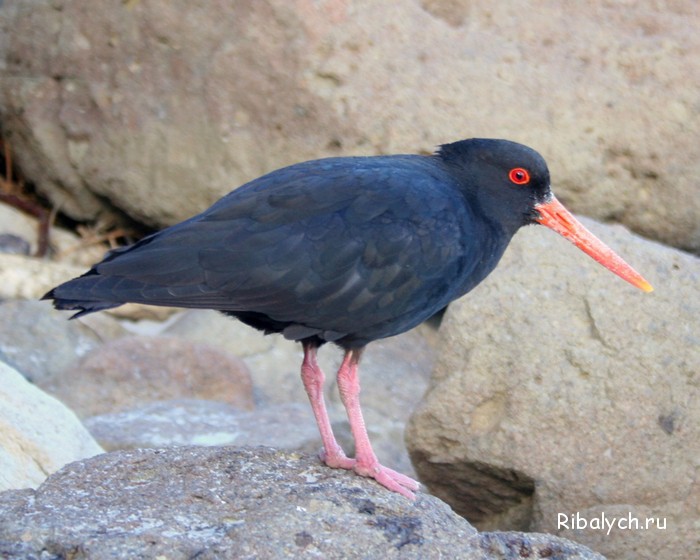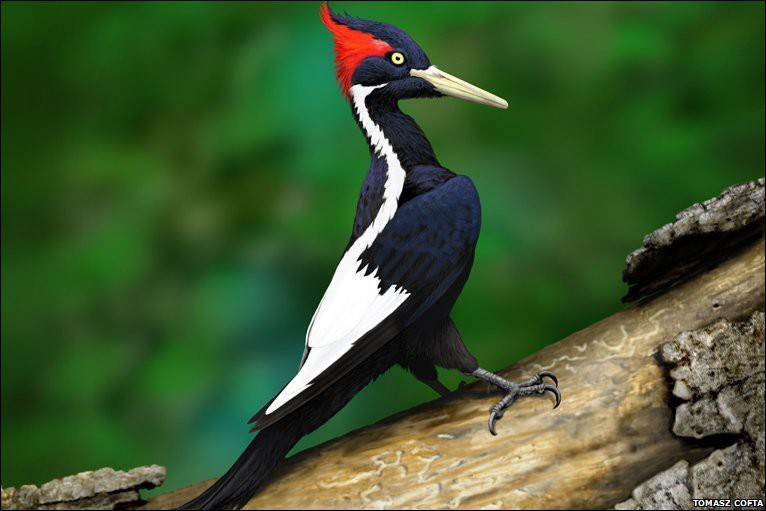Global warming may drive a quarter of land animals and plants to the edge of extinction by 2050, a major international study has warned.
In the worst case scenario, between a third to a half of land animal and plant species will face extermination. The predictions come from extinction models based on over 1100 species covering a fifth of the Earth’s land mass.
The bleak scenarios result from a study by Chris Thomas at the University of Leeds, UK, and colleagues, who have evaluated the impact on species of mild, moderate and severe levels of predicted climate change.
“The absolutely best case scenario – which in my opinion is unrealistic – with the minimum expected climate change and all of the species moving completely into new areas which become suitable for them, means we end up with an estimate of nine per cent facing extinction,” Thomas told New Scientist.
This would mean about one million species would be doomed, assuming there are 10 million species in existence.
Solid and sound
“The broad conclusions are very solid, and very sound, and very alarming,” says Stuart Pimm, an expert in extinctions and biodiversity at Duke University, North Carolina, US. “It’s a hugely important paper.”
Previous studies have looked at the effects of global warming on individual species. The new study is the most comprehensive analysis to date, bringing together simulation studies of where species may move in a warmer world.
The news is “not very encouraging”, Pimm told New Scientist. “It suggests that species’ extinctions following on from global change will broadly be in the same order of magnitude as species lost due to habitat destruction.” The World Conservation Union’s Red Book lists between 10 and 30 per cent of species as endangered under due to habitat loss.
Thomas says the effects of climate change should be considered as great a threat to biodiversity as the “Big Three” – habitat destruction, invasions by alien species and overexploitation by humans.
He says the study overturns the notion that “climate change might simply result in the reassembling of species around the planet, without them dying out”.
Representative sample
Thomas and colleagues around the world statistically modelled the climates in which each of the 1103 species considered currently live. Whole groups of plant and animal species confined to a particular region, for example, the Amazon, were evaluated.
Endangered species would have been included among these, as well as more common species, so Thomas says there is no reason to suppose that the organisms selected are unrepresentative of species generally.
The survival of each species was then modelled under the minimum, mid-range and maximum global warming scenarios predicted by the Intergovernmental Panel on Climate Change. Every species thrives best in certain conditions involving factors such as temperature and rainfall. So, Thomas says, the question was then: “Where are these same conditions going to be found?”
However, not all species would be physically able to migrate to new locations with equivalent conditions as the Earth hots up. And with lots of species, the models predicted that their new environment would be considerably smaller than their old habitats – a basic tenet of ecology is that smaller areas support fewer species.
Using the mid-range climate predictions, the researchers found that by 2050 between 15 and 37 per cent of the species would be on the “slippery slope” to extinction.
Both Thomas and Pimm agree that to curb climate change, serious and immediate action must be implemented at the highest intergovernmental levels. This would include cutting emissions of greenhouse gases, employing new energy efficient technologies and using strategies to sequester carbon dioxide from the atmosphere.





